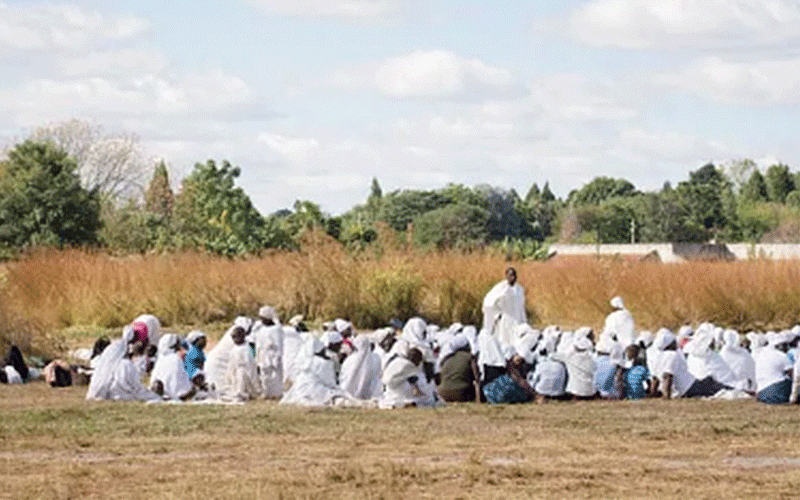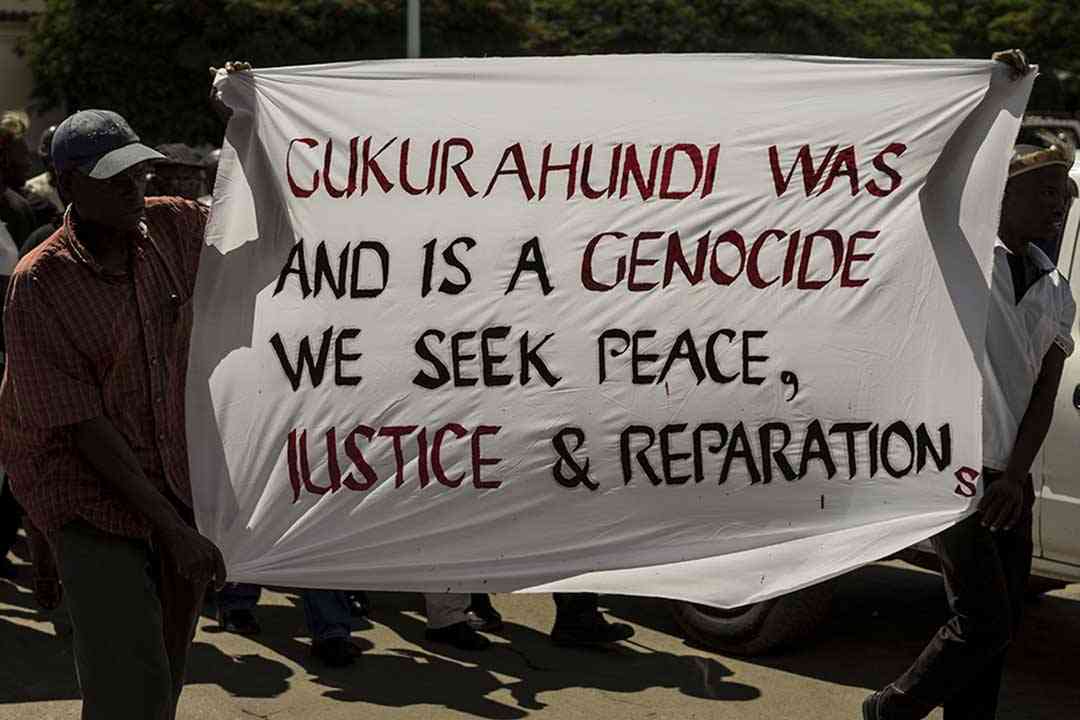
WHILE statistics has it that Zimbabwe has made significant strides in combating HIV and Aids, complacency among young people threatens to undermine these gains.
The Health and Child Care ministry reported a decline in new infections among 15 to 24-year-olds from 16 583 in 2015 to 4 389 in 2023, representing over 70% achievement.
However, this progress may be short-lived if young people don’t remain vigilant.
The introduction of antiretroviral therapy (ART) has transformed HIV and Aids from a death sentence to a manageable condition.
While this is a remarkable achievement, it has also led to a shift in perception, with some young people viewing HIV and Aids as no longer a significant threat.
This complacency is particularly concerning in a country where HIV and Aids remains a significant public health issue.
The success story of ART in managing HIV and Aids contributed to a shift in perception, with the disease being reduced to a mere illness rather than a deadly pandemic.
It’s inarguable that ART has saved countless lives, but this has also led to a lack of vigilance and a decrease in safe practices.
- Warrant of arrest canceled for illegal billboard accused
- Goblins ‘besiege’ school
- Vieira backs Mane for Ballon d’Or ahead of Bayern move
- The trial of Directors accused of erecting illegal billboard deferred again
Keep Reading
This complacency is particularly concerning in a country like Zimbabwe, where the prevalence of HIV and Aids remains significant.
And the art and science of tackling this behaviour should not be ignored as the struggle towards an HIV and Aids free generation continues.
Health and Child Care minister Douglas Mombeshora acknowledged the need to pull up the strings in the fight against the deadly disease.
“While we have made progress in reducing new infections, our work is far from over,” he said.
“We are implementing various initiatives to address complacency among young people, including youth-friendly services, targeted awareness campaigns and youth engagement platforms.”
What’s mind boggling now is, despite these efforts, many young people remain unaware of the risks and prevention strategies.
From the face of it, there seems to be a lack of discussion around HIV and Aids in schools and communities, and the disease is no longer viewed with the same level of urgency and fear as it was in the past.
This lack of awareness is compounded by socioeconomic factors, such as poverty, that have led some young individuals to engage in transactional relationships with older partners, often without adequate knowledge of HIV prevention strategies.
A gap that needs to be bridged.
One of the primary reasons for this shift in attention is that the present generation has not witnessed the full-blown impact of HIV and Aids.
Unlike their predecessors, who saw first-hand the devastating effects of the disease on the human body, today’s youth have grown up in an era where HIV and Aids is manageable with treatment.
As a result, the disease is no longer viewed with the same level of urgency and fear.
This lack of direct experience with the worst effects of HIV and Aids has contributed to a sense of complacency among young people.
Recently, there was an outcry when news broke out that there was shortage of ARV drugs, an outcry which Zimbabweans should have long forgotten if the efforts to curtail new infections were being adhered to.
Secondly, the reduction in public discourse around the issue has contributed immensely to the decline in attention to HIV and Aids.
The media too, public media in particular, seems to have disengaged itself from the discourse.
The church is no exemption in that regard.
In the past, HIV and Aids was a dominant topic in public health campaigns, with posters, advertisements and public service announcements ubiquitous in public spaces.
Today, however, these efforts have largely disappeared, replaced by an assumption that everyone is aware of the risks and prevention strategies.
This assumption is unfortunate, as it overlooks the fact that new generations are growing up without the same level of awareness and education about HIV and Aids.
Furthermore, socioeconomic factors continue to play a significant role in the spread of the deadly disease among young people.
In particular, poverty has led some young individuals to engage in transactional relationships with older partners, often without adequate knowledge of HIV prevention methods.
This has contributed to the spread of the disease, particularly among young women.
It’s now a public secret that some students in tertiary institutions have turned to commercial sex work as they say they will be trying to eke out a living. What a mess!
This is a generation completely lost in complacency.
The ministry’s initiatives aim to address these challenges, but more needs to be done to empower young people with the knowledge and resources they need to protect themselves.
One of the best tools is information through public discourse.
“We are committed to decentralising HIV prevention, testing, treatment and care services to reach every corner of the country,” Mombeshora said.
“We are also expanding access to pre-exposure prophylaxis (PrEP) and providing free condoms to high-risk areas.
“One of the key initiatives is the DREAMS programme, which offers a combination of HIV prevention, economic empowerment and life skills to adolescent girls and young women in high-burden areas.
“The programme has shown promising results, with many young women reporting increased knowledge and confidence in protecting themselves from HIV.”
However, challenges persist.
Many young people lack access to comprehensive sex education and there is a need for more targeted interventions to reach marginalised communities.
Although the Health ministry says it is working to address these gaps, the situation actually requires sustained effort from all stakeholders.
As Zimbabwe moves forward, it is crucial that the government, international organisations and civil society work together to revitalise the HIV and Aids discourse and ensure young people are equipped with the knowledge and resources they need to protect themselves.
By doing so, we can move closer to achieving an HIV and Aids-free generation and ensure a healthier future for all Zimbabweans.
The question remains whether the current efforts will be enough to address the complex issues surrounding HIV and Aids and whether the ministry’s initiatives will have a lasting impact on the lives of young people.
Only time will tell, but one thing is certain — the fight against HIV and Aids requires a multifaceted approach that involves both short-term and long-term solutions.
In the long term, Zimbabwe needs to address the socioeconomic factors that contribute to the spread of HIV and Aids.
Poverty, inequality and lack of access to education and healthcare are all underlying issues that need to be addressed.
By tackling these challenges, the government can create an environment that supports the health and well-being of all citizens, particularly young people.
The ministry’s efforts to decentralise HIV prevention, testing, treatment and care services are a step in the right direction.
By bringing services closer to the people, the ministry can increase access and uptake, particularly in rural areas.
However, more needs to be done to ensure these services are sustainable and responsive to the needs of young people.
Ultimately, the fight against HIV and Aids requires sustained effort from all stakeholders.
The government, international organisations, civil society and individuals all have a role to play in ensuring young people are equipped with the knowledge and resources they need to protect themselves.
By working together, we can create a future where HIV and Aids is no longer a significant public health issue in Zimbabwe.










